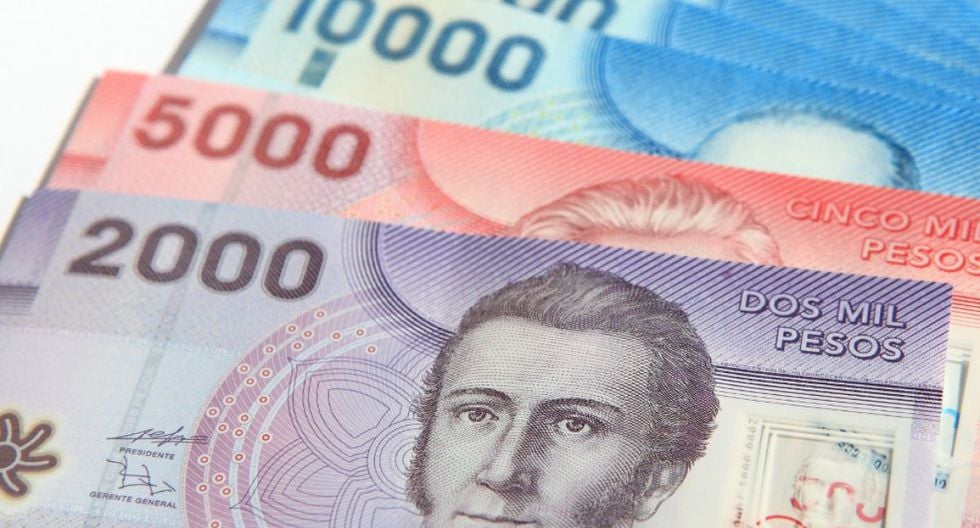Money
Money
The unit of currency in
Chile is the peso (CLP), and expect to pay almost all cash transactions with it. Bank notes are currently being changed over to the newer plastic, more durable ones, and there are 1000, 2000, 5000, 10,000 and 20,000 peso denominations. Coins, almost all containing some of the country's copper, come in values of 1, 5, 10, 50, 100 and 500 pesos, although one and five-peso coins are uncommon and increasingly useless due to inflation.
Most prices are rounded to the nearest 10 as a result. In rural areas, carry smaller notes with you as it can be difficult to change those larger than CLP$2,000.
Chile's currency has been relatively stable in recent years, although fluctuations may occur. You can sometimes pay for a bill with US dollars cash, especially at tour agencies or hotels (be sure to check their exchange rate carefully). At some top-end hotels room rates published in US dollars are often converted with a lower exchange rate than the daily one, so compare them carefully to determine which currency is more favourable.
International bank transfers should usually arrive in a few days, and incur a fee depending on the bank.
Western Union offices can be found throughout Chile.
ATMs
Known as 'un Redbanc', these are the easiest and most convenient way of carrying money while in Chile. You'll find machines in most towns, especially the state-run Banco Estado, and they are often open 24 hours. Ask beforehand if visiting more isolated areas. The exchange rates are similar to published ones, although your bank abck home will probably charge a fee for each transaction. All ATMs have instructions in Spanish and English, and most use the Plus (Visa) or Cirrus (MasterCard) systems and will accept your debit card.
Cash
Foreign currency can be
exchanged at banks and 'casas de cambio' in large cities and important tourist destinations. Santiago has the best exchange rates, although they do not differ much from the more offical rates that banks use everywhere. It is difficult to change currencies other than US dollars and major European currencies outside of Santiago.
Credit cards
Amex, Visa and MasterCard are the most commonly accepted cards, and they can be used at most established businesses. We recommend avoiding the use of credit cards if you can as many businesses will charge up to 6% extra to cover the fees they have to pay to the bank. Credit cards can be useful to show 'sufficient funds' before entering another South American country. And no, you cannot take advantage of the 6-months interest free or other similar deals which you may often see - they are only for locally-issued cards!
Traveller's cheques
Traveller's cheques are not very convenient as it is difficult to find places to change them, and the rates are usually lower.
